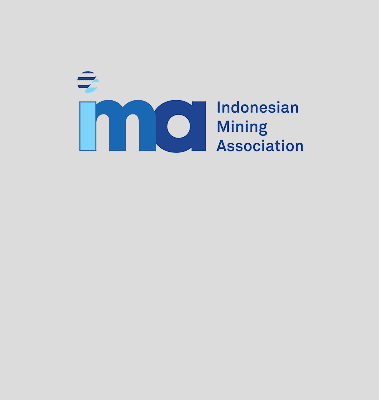- The global precious metals market is forecast to grow by over $95 billion to reach $386.16 billion by 2030, reflecting a compound annual growth rate of 5.87%.
- The primary drivers of this growth are sustained investor demand for safe-haven assets amid global uncertainty and increasing industrial consumption from the electrification trend, particularly in the automotive and electronics sectors.
- The Asia-Pacific region currently leads the global market due to strong demand for jewelry and expanding industrial applications, while North America and Europe remain key players through advanced trading and ethical sourcing practices.
The global precious metals market is projected to grow by over USD 95 billion in the next five years, driven primarily by sustained investor demand for safe-haven assets and increasing industrial use in rapidly expanding technologies, according to a new report from Mordor Intelligence.
The market size, which was valued at $290.34 billion in 2025, is forecast to reach $386.16 billion by 2030. This expansion reflects a compound annual growth rate (CAGR) of 5.87%, the research firm stated. Growth is being supported by a combination of investors seeking financial security during uncertain geopolitical and economic times, alongside rising demand for metals like silver and platinum in the electronics and renewable energy sectors.
Key Market Drivers
The research highlights two key dynamics propelling the market: the electrification trend boosting industrial metal consumption and the continued strengthening of safe-haven demand linked to global uncertainty.
The shift toward electric mobility is fundamentally reshaping industrial consumption patterns. This transition is lifting demand for silver, platinum, and palladium used in automotive electronics. Car manufacturers are reportedly diversifying their supply contracts and experimenting with substitute materials to manage rising costs associated with these in-demand metals. This trend benefits refiners and miners focused on the expanding electric vehicle (EV) ecosystem, particularly in regions that are scaling up vehicle production, according to the report.
Meanwhile, growing political tensions and trade disruptions globally are directing investors toward precious metals as a reliable store of value. Gold remains the primary refuge asset, with central banks continuing their accumulation efforts, underscoring the metal’s importance in diversified investment strategies. Furthermore, the report notes that silver and platinum are increasingly being utilized by investors to diversify their holdings. Institutional investors and central banks view bullion as a stabilizing asset amid volatile currency movements and geopolitical uncertainty, which is helping to keep long-term demand elevated.
Asia-Pacific Leads Regional Growth
Geographically, the Asia-Pacific region remains the largest area in the global precious metals trade. This dominance is attributed to strong regional jewelry demand and the expanding industrial application of precious metals. The report points to India’s role in gold jewelry production and China’s focus on bullion investment as key drivers. Japan and South Korea contribute to regional momentum through the extensive use of gold and silver in their electronics and semiconductor industries, keeping the Asia-Pacific ahead in both luxury and industrial segments.
North America maintains its market influence largely through advanced trading systems and exchange-traded fund (ETF)-based investments, which enhance bullion liquidity. The United States leads in financial innovation within the sector, while Canada and Mexico reinforce the supply chain through mining and refining operations. Europe, meanwhile, is noted for its emphasis on ethical sourcing and sustainable production practices, with Germany, France, and the United Kingdom playing important roles in global manufacturing, craftsmanship, and the bullion trade.
Sector Implications and Outlook
The expanding applications span several key sectors. Investment (including bars, coins, and ETFs) remains a core segment, alongside jewelry manufacturing. However, industrial applications are becoming more prominent, specifically in electronics, automotive catalysts, chemical catalysts, and photovoltaic systems. End-user industries contributing to the demand include banking and financial services, the automotive industry, and the electronics and electrical sector.
The precious metals market continues to demonstrate resilience, supported by sustained investment interest, expanding industrial utility, and a growing sector-wide emphasis on ethical sourcing, the report concluded. By Michael Kern for Oilprice.com


